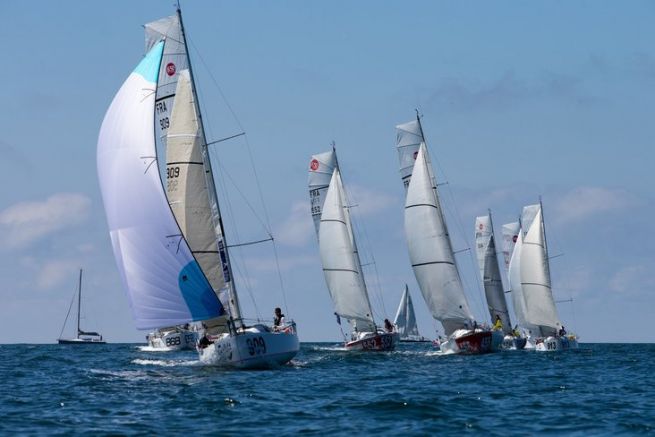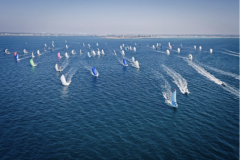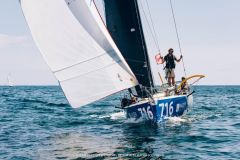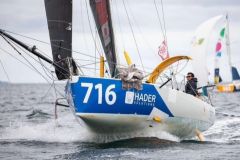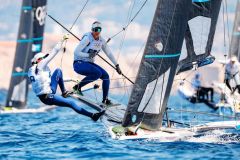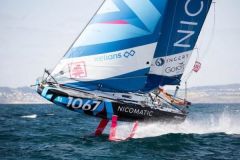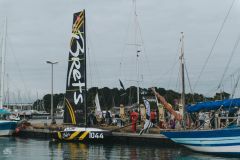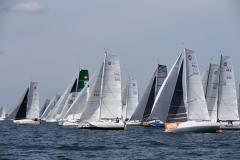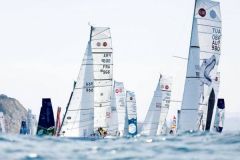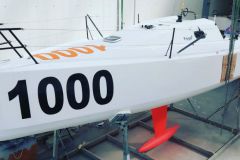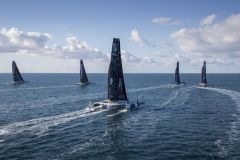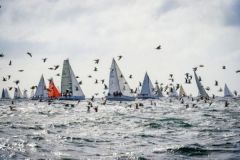The Mini Transat is the race that allows you to enter the world of ocean racing. Accessible from various points of view, it is run on the smallest racing boats in the world, the Mini 6.50 (which as their name indicates are 6.50 m long). If it has seen the birth of many ocean racers, it is also the race for amateurs, who want to measure themselves against a crossing of the Atlantic on a hull of walnut.
But not everyone participates in the Mini Transat. Indeed, before being able to cross the Atlantic, you must first qualify. A sesame which is obtained through two " tests "This will be a 1,500-mile in-race qualification and a 1,000-mile out-of-race qualification, both carried out on the boat with which the skipper will compete in the final race.
1,000 miles to go outside the race
At the origin of the off-race qualification, a particularly difficult edition of the Mini Transat, which pushed the class to take the lead to increase the level of preparation of the contenders to the race.
"Of the 70 starters of the 1999 Mini Transat, only 37 arrived safely, the others having abandoned and 16 distress beacons were triggered. The Classe Mini then decided the following year to establish a qualification process, including off-race, to validate the possibility of participating in the Mini Transat explains Fred Moreau, Rapporteur of the Mini Class Qualification Commission.
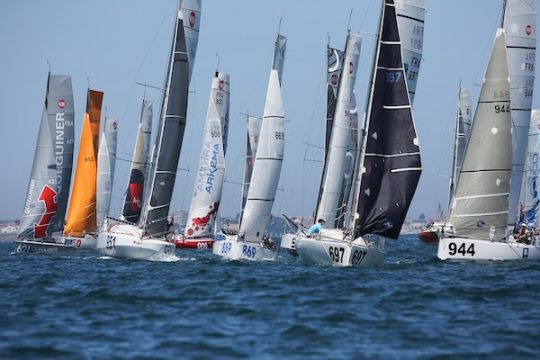
Two typical courses in autonomy
Today, each competitor must complete a typical course of 1,000 miles, depending on where they are sailing. Although the course is fixed, the skipper decides where and when to start.
"You start from where you want and you make it in the direction you want. You only have to declare when you are leaving. This allows the sailors to plan their navigation in total autonomy. Unlike a race, no one tells you when to leave, and if you should do it. Sailors are in autonomy, from the preparation to the departure and during the navigation. The fastest can take 5 days. It can go up to 8/10 days. On average, the navigation lasts 7 days."
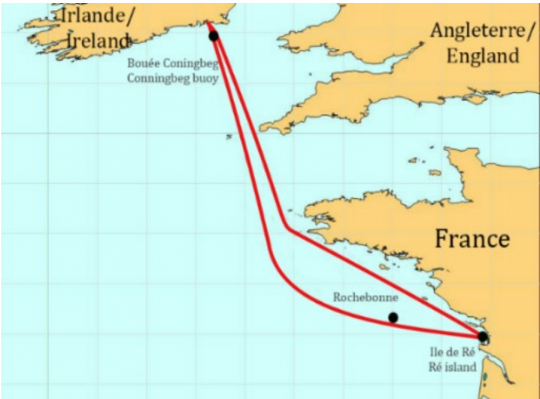
In the Atlantic, the route has three key passages: the Conningbeg Buoy in Ireland, the Plateau de Rochebonne and the Ile de Ré.
"It's a technical course, especially with the passage of the Raz de Sein, with coastal navigation and offshore" says Fred Moreau.
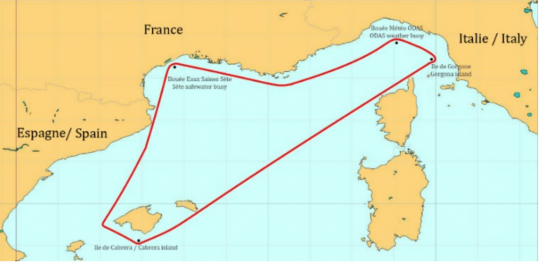
In the Mediterranean, the course is composed of 4 marks of passages: Buoy Eaux Saines, Buoy weather ODAS, Gorgona Island, Majorca - Cabrera Island.
"It's a course between the Spanish and Italian coasts with Corsica in the center. You have to pass the Balearic Islands, the north of Corsica, the Gulf of Genoa. It's also technical" adds Fred Moreau.
To prove the success of this off-race qualification - which must be completed in one go, without a stopover, except in the case of BMS (weather conditions that allow a stopover) - each candidate must take a photo in front of the marker or in front of the screen of his GPS.
An initiation rite
Apart from the objective of qualifying for the Mini Transat, these 1,000 miles out of the race are an initiation rite for many sailors. It is often the first time they sail solo for so long on their boat.
"We used to say that this qualification out of the race is an initiation. When you come back, you are a different sailor. This is very true for most of us who are starting out in ocean racing. It is a moment when you are alone, you have to make the decision to sail offshore. You find yourself alone in front of yourself. You have to wait, make the right decisions. We all went through this in Mini. It has become not only an obligation but also a tradition. When you see someone leaving for his qualification, you have a certain form of respect. It's a great moment of adventure. It's also a guarantee of a minimum level, especially with regard to the authorities who help us to race alone. It's a guarantee of seriousness" explains Jean Moreau.
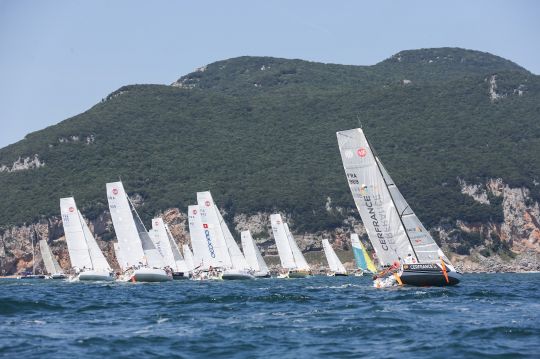
Validate the skipper/boat pairing
In addition to this non-racing qualification, there are 1,500 miles of racing (part of which must be done solo and at least 500 miles of which must be done in a single race).
"The off-race qualification is a first step in terms of experience. But the main criterion will remain the miles in races. Of course the Mini Transat requires a sense of seamanship, but we must not forget that it is still a race. Not everyone has the objective to win, but at least to do the best possible result" concludes Fred Moreau.
Once these two qualifications are done, the class validates the skipper/boat pairing and its registration to the Mini Transat. A race which is more and more popular every year, as the waiting list is getting longer and longer. But for the moment, nobody has ever been "rejected" from the start of the Transat!
